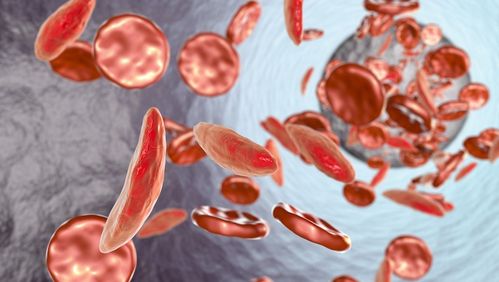The core of traditional Chinese medicine diagnosis lies in accurately identifying the current stage of disease location and nature, as it involves the recognition of disease location and nature, which together construct a complex “pattern.” Identifying the disease location means determining the position of the disease, broadly categorized as superficial, internal, visceral, or organ-specific like heart, lung, kidney, or based on disease progression stages like defense and qi. Understanding the unique manifestations of each disease location helps identify the pattern location; for example, palpitations and chest pain indicate the heart, while chills and fever reflect superficial patterns.
Identifying the disease nature is a key step in the diagnostic process, crucial for treatment plans of all diseases. Disease nature refers to the essential nature of the pattern, encompassing various states like deficiency, excess, yin, and yang. Correctly identifying the disease nature guides treatment principles, such as using heat for cold conditions and tonifying qi for qi deficiency. Each disease nature has typical manifestations; for example, dampness may present as a heavy body and greasy tongue coating, while blood stasis manifests as fixed pain and a tongue with spots.
In clinical practice, standardized and comprehensive patterns typically consist of about 60 diagnostic elements combined with disease location and nature, such as liver and gallbladder damp-heat pattern, spleen and kidney yang deficiency pattern. Patterns composed of pattern elements represent the essential content to be identified in diagnosis, different from a simple display of symptoms but indicative of the essence of the pathology. While pattern elements make up the pattern name, they alone do not constitute a complete diagnosis, as a precise pattern diagnosis requires the combination of elements like disease location and nature.
Regarding pattern elements, some viewpoints suggest that there is no need to separately mention the etiology, as the disease nature deduced from the pattern already embodies etiological information in traditional Chinese medicine diagnosis. While pathogenesis is important, it more pertains to disease development mechanisms, differing from the current pathological essence directly revealed by pattern elements. The significance of pattern location elements lies in the fact that different locations may lead to varied symptoms and treatment differences, hence being indispensable in diagnosis.
As for the disease progression, it reflects the dynamic trend of disease development. Although some disease progressions can be classified under specific disease natures, given their uniqueness, some scholars suggest considering disease progression factors within disease natures rather than listing them independently. The debate between disease nature and pathology concepts is addressed by using the term “disease nature” in traditional Chinese medicine to avoid confusion with Western pathology terms and reflects a unique perspective on disease essence recognition.


